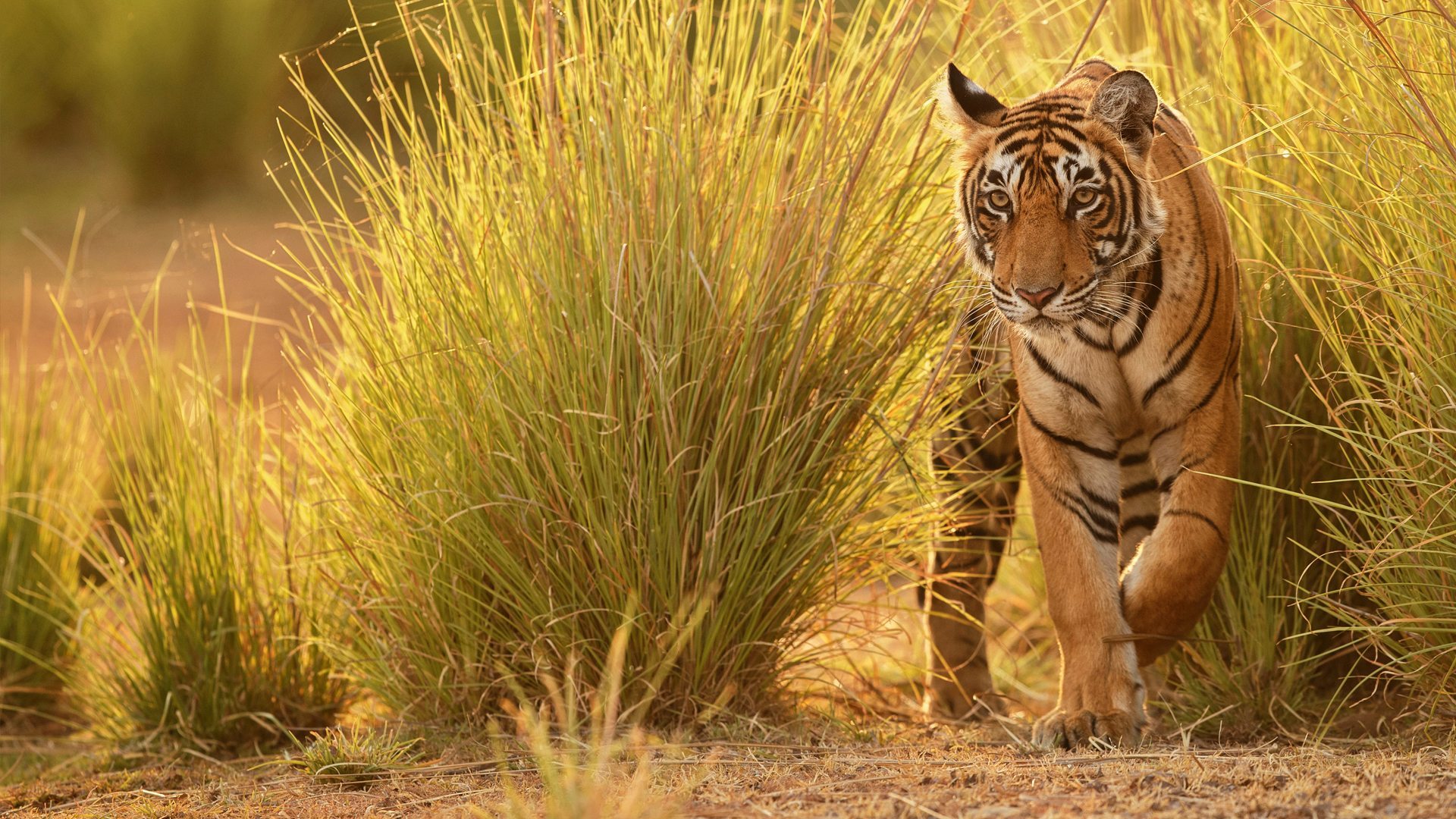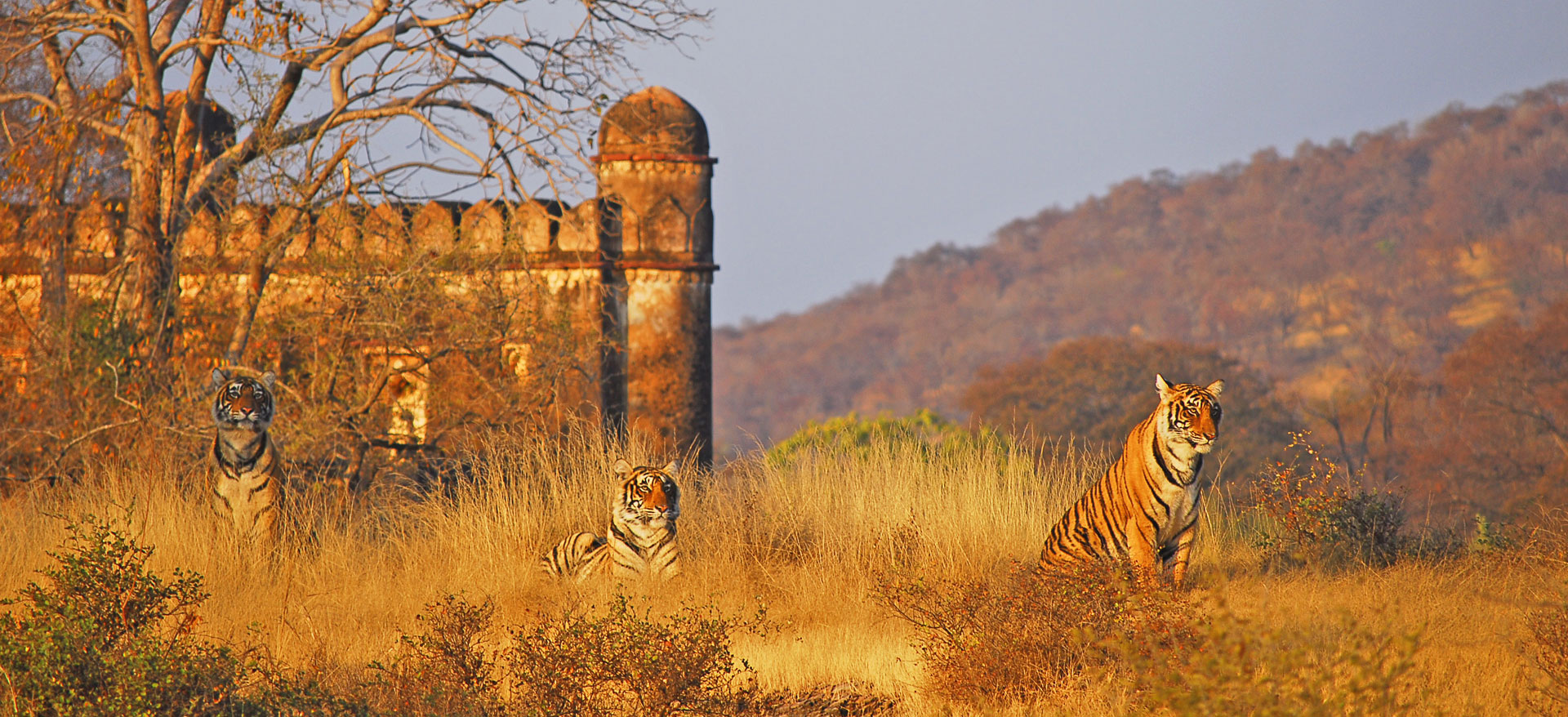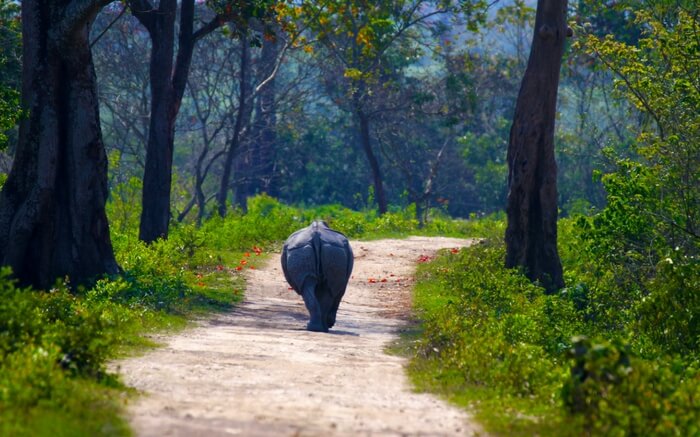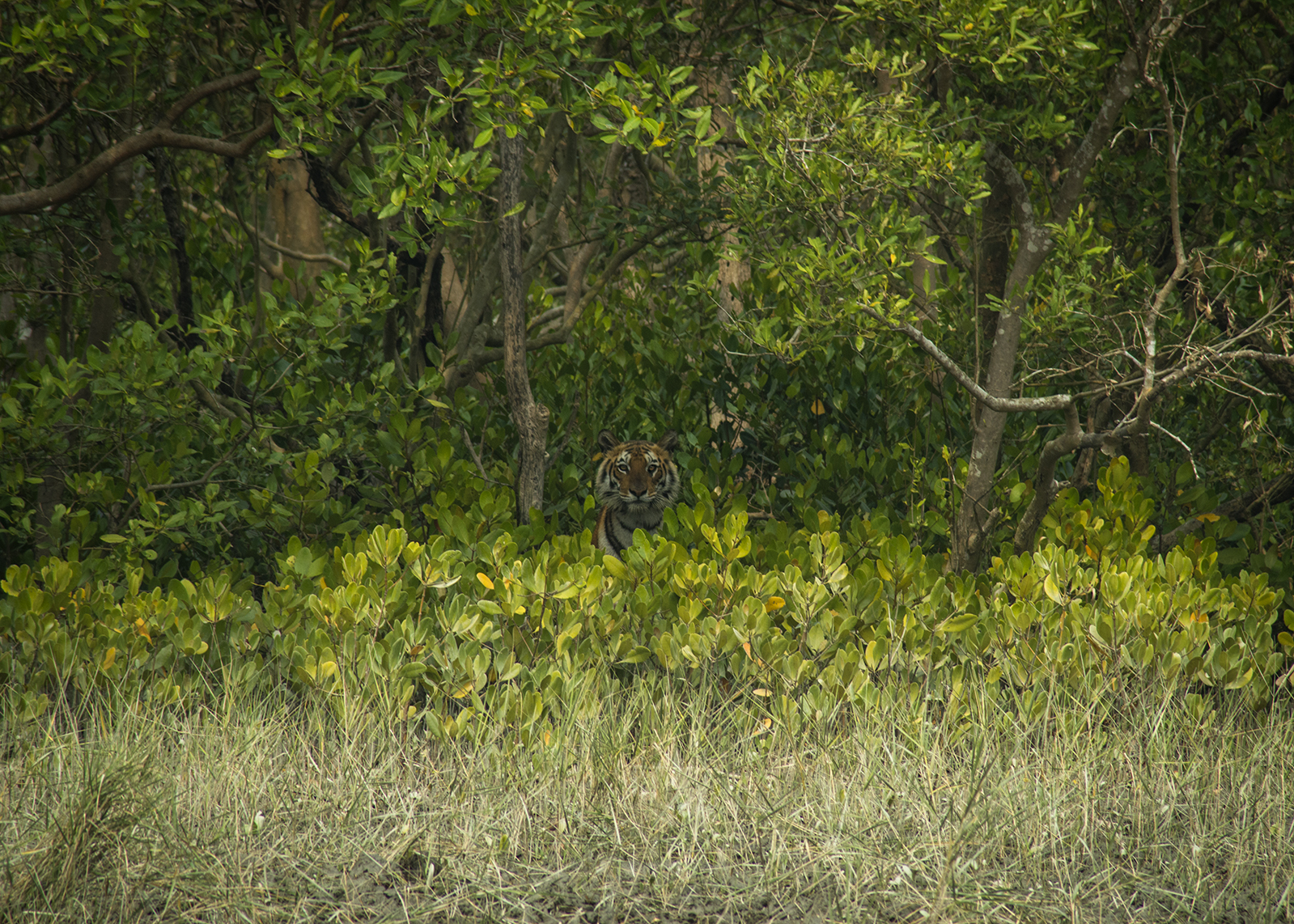Today we will cover Top 5 Wildlife Sanctuaries in India, Below are top 5 wildlife sanctuaries of India
1. Pench National Park, Madhya Pradesh
Pench National stop, settling in the lower southern compasses of the satpuda slopes is named after Pench waterway, wandering through the recreation center from north to south

It is situated on the southern limit of Madhya Pradesh, circumscribing Maharashtra, in the areas of Seoni and Chhindwara.Pench National Park, including 758 SQ Kms, out of which a center zone of 299 sq km is the national stop and staying 464 sq km is the cushion zone.
Commonly seen wildlife is chital, sambar, nilgai, wild boar, and jackal. Also Indian leopard, sloth bear, indian wolf, wild dog, porcupine, monkey, jungle cat, fox, striped hyena, gaur, four-horned antelope and barking deer live in the park. The park is rich in bird life too
The best time to visit the park would be from mid-October to June. The Pench National park is closed from October 16 to 30th June
2. Ranthambore National Park, Rajasthan
The biggest national stop of Rajasthan, Ranthambore National Park additionally happens to be a well known one in North India. This used to be the chasing grounds of maharajas, in the past time. The recreation center is settled upon an edge of a level, and is limited by two streams (Banas and Chambal). Legislature of India pronounced the territory a Project Tiger Reserve in 1973, and in 1980 it was announced a national stop.

Visitors go for the more than one ride since it's not simple to see a tiger in one go here. Apart from the Royal Bengal Tiger, you can want to spot creatures like Leopards, Wild Boars, Peacocks, Chitals, Sambars, Hyenas, and Sloth Bears
3. Bandhavgarh National Park, Madhya Pradesh
Bandhavgarh National Park was the former hunting preserve of the Maharaja of Rewa and at present is a famous natural hub for White Tigers. White Tigers, now a major attraction around the world's zoos, were first discovered in Rewa

Bandhavgarh National Park is open for guests from the 15th of October till 30th of June. According to the atmosphere of Central piece of India, the pinnacle season for Bandhavgarh National Park is amid winter's which is October to March.
Different types of deer including Nilgai and Spotted Deer, extravagance Safaris are sorted out in this stop where visitors are taken around through the foggy wilderness in open jeeps at the beginning of the day.
4. Kaziranga National Park, Assam
At Kaziranga, you will feel overshadowed by the huge fields of ultra-tall elephant grass, or, in other words for an elephant safari through the recreation center is an awesome thought. A World Heritage Site, the recreation center hosts 66% of the world's Great One-horned Rhinoceroses. Other colorful species here are the Wild Asiatic Water Buffalo and the Eastern Swamp Deer.

Infact, Kaziranga has 57%% of the total populace of the Wild Asiatic Water Buffalo which can be discovered lolling around in the numerous bogs here. Kaziranga is additionally home to an expansive number of feathered creatures, predators and scroungers.
Best time to visit Kaziranga National Park is between November to April.
5.Sundarbans National Park, West Bengal
The biggest tidal mangrove forest on the planet, the Sundarbans covers 10,000 sq kms in the delta of the Bay of Bengal among India and Bangladesh. An interconnected system of conduits makes relatively every side of the woodland available by vessel.

The royal Bengal tigers have built up an exceptional normal for swimming in the saline waters, and are acclaimed for their man-eating inclinations. Tigers can be seen on the waterway banks sunbathing among November and February. Aside from the Bengal tiger, Fishing felines, Leopard felines, Macaques, Wild hog, Indian dark mongoose, Fox, Jungle feline, Flying fox, Pangolin, Chital, are additionally found in wealth in the Sundarbans.
September to March are the greatest months to visit Sunderbans, the winters being the most charming period in the zone.

No comments:
Post a Comment